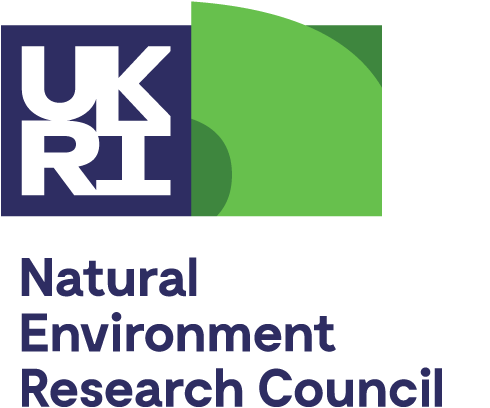Alkaline Magmatism and Related Strategic Metal Deposits 2015, Apatity, Russia
The 2015 conference on "Alkaline Magmatism and related strategic metal deposits" was the 32nd in a series of meetings about alkaline igneous rocks, overseen by Academician Lia Kogarko of the Vernadsky Institute in Moscow. This year it was combined with a Critical Metals Workshop and held at the Geological Institute of the Kola Science Centre in Apatity, in the Kola Peninsula, 7-14 August. We were fortunate to be able to participate and represent the SoS RARE project team. A number of SoS RARE project partners and collaborators also attended, including Anthony (Willy) Williams-Jones (McGill University), and Jindrich Kynicky (Mendel University).
The conference itself was held over 3 days during which there were some excellent talks and discussions about alkaline rocks and their potential for REE and other critical metal mineralisation. Particularly thought-provoking talks were delivered by Philip Verplanck (USGS) who illustrated how the world's most significant REE deposits are associated with what could be called 'unconventional carbonatites' rather than those emplaced into classic continental rift settings; and Willy Williams-Jones who explained the key controls that affect REE transport and deposition in hydrothermal fluids, and ultimately determine the formation of mineralisation.
As part of the conference, we also had the chance to study the stunning mineral collection in the museum of the Geological Institute, with a range of superb specimens from the alkaline igneous rocks of the Kola Peninsula. There were some very enjoyable social evenings which of course included sampling of Russian vodka.
The conference was followed by 3 days of field trips on the Kola Peninsula, which had been extremely well-organised by our hosts. On the first day, we visited and descended into the vast open pit in the Kovdor phoscorite-carbonatite complex and collected samples from the ore piles. The main ore here is composed largely of apatite, magnetite and calcite with locally abundant baddeleyite, and is mined chiefly for phosphate by the fertiliser-producing company, EuroChem. We also visited a shallow pit in which secondary alteration has led to the striking growth of a botryoidal variety of carbonate-bearing apatite (staffelite) which we were able to sample for SoS RARE work on mobility of the REE at low temperatures.
On the second day, we were privileged to visit PhosAgro's open pit apatite mine in the Khibiny intrusion. Despite poor weather, we were able to descend into the pit and spend plenty of time studying not only loose rocks but also the relationships in the pit walls. The ore here is a spectacular alkaline igneous rock composed of apatite, nepheline and alkali pyroxene with locally abundant titanite and eudialyte. Due to the generosity of our hosts, we were really able to get an impression of the level of complexity in this huge intrusive complex, one of the world’s largest peralkaline intrusions. In the afternoon, we were shown round PhosAgro's enormous apatite processing plant, where we were all extremely impressed by the level of automation – the whole operation is controlled from a single Star Trek-like control room, and samples from every stage of the process are taken regularly and automatically prepared for XRF analysis by robots.
The final field day was spent at the Lovozero massif, the sister intrusion of Khibiny, and the host to one of the few operating REE mines in the world. Here, the REE are extracted from loparite, which is also an ore for the rare metals Ti, Nb, and Ta. While we were not able to visit the mine, we were able to study the layered nepheline-syenites on the surface, comprising rhythmic layers of the rocks lujavrite, foyaite and urtite. Loparite was hard to find, but a few with keener eyes were able to spot tiny poppy seed sized grains! As we continued to climb the massif in an amazing Russian all-terrain bus, periodic stops to cool the engine afforded us the opportunity to sample dykes of a highly unusual composition: murmanite-bearing phonolite, which is one of the only rocks in the world where murmanite is a rich forming mineral. Finally we made it to the top of the intrusion, where eudyalite lujavrite extensively crops out, forming a carapace atop the layered complex. This was enthusiastically sampled for SoS RARE work, as it is one of the largest eudialyte-bearing intrusions in the world and a possible source of the heavy REE. Our final stop at Lovozero was at a pegmatite quarry on the western flank of the massif. Here, the rain stopped for just long enough to allow us a view of the Khibiny mountains, before a long drive back to Apatity.
We would like to thank the Organising Committee for the meeting, and particularly Lia Kogarko and Anton Chakhmouradian, for a fascinating and very well-arranged meeting and set of field trips.
Kathryn Goodenough and Sam Broom-Fendley 17 August 2015








